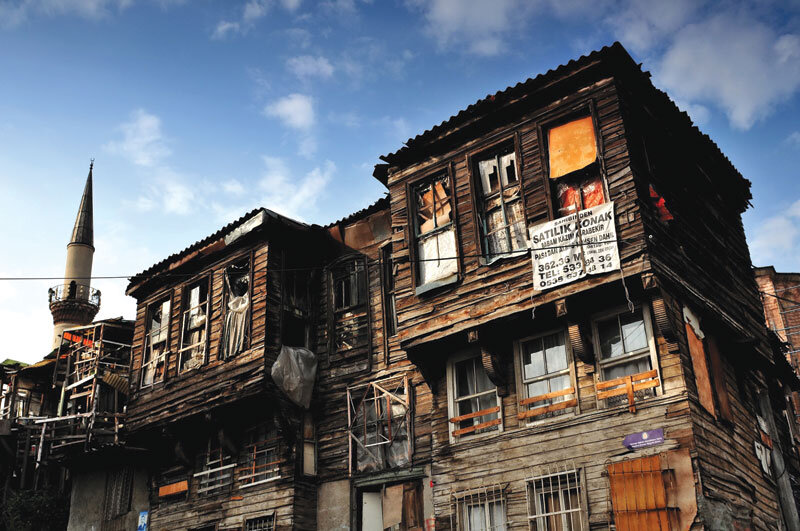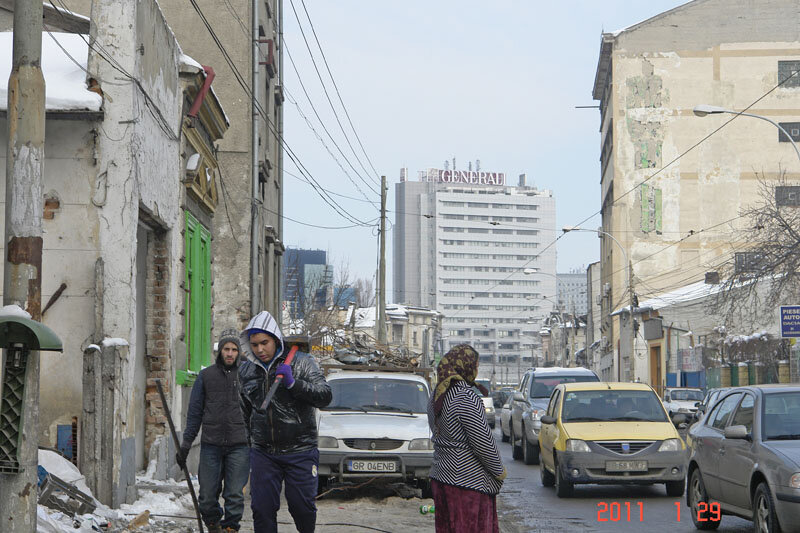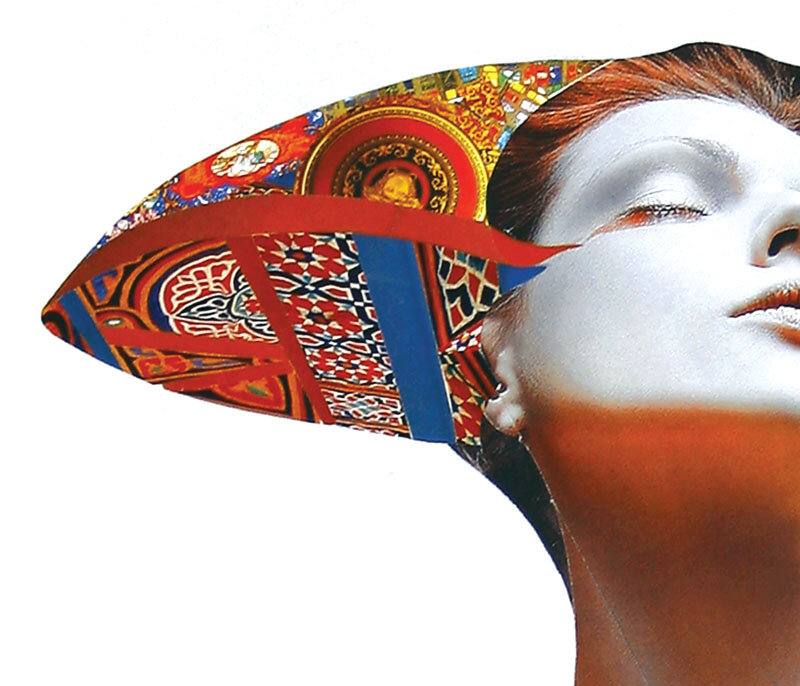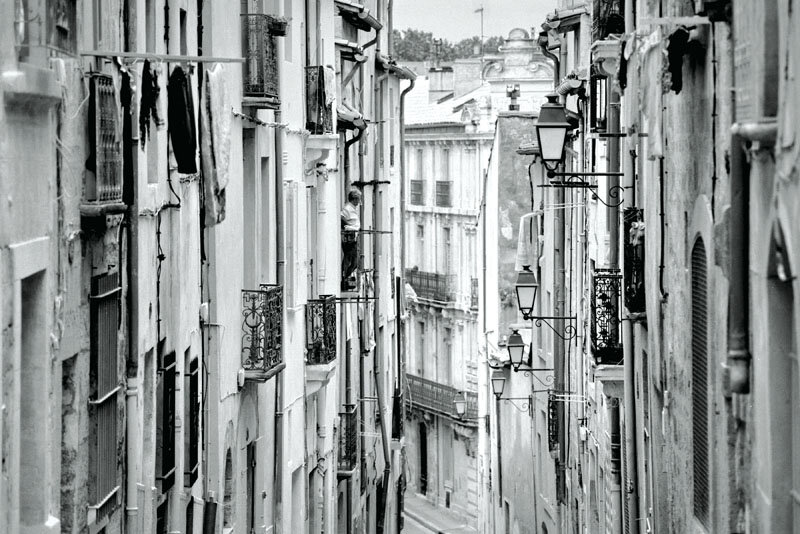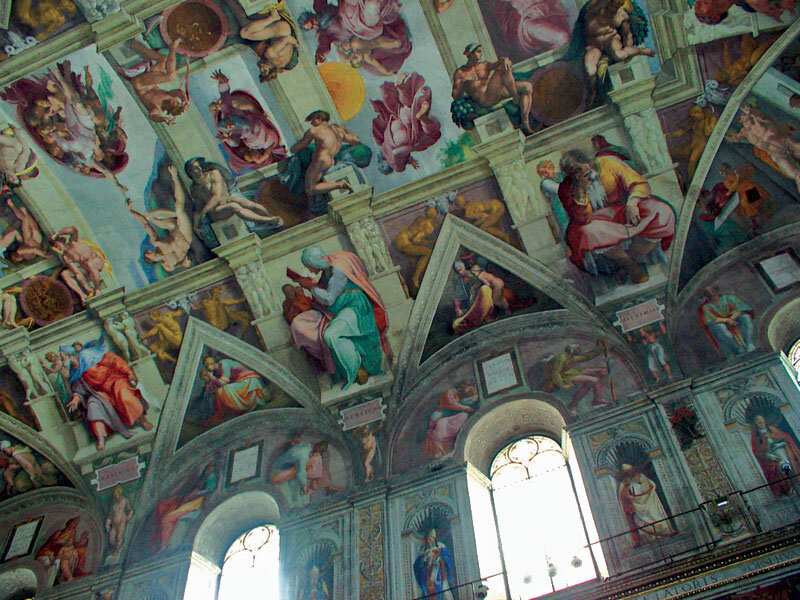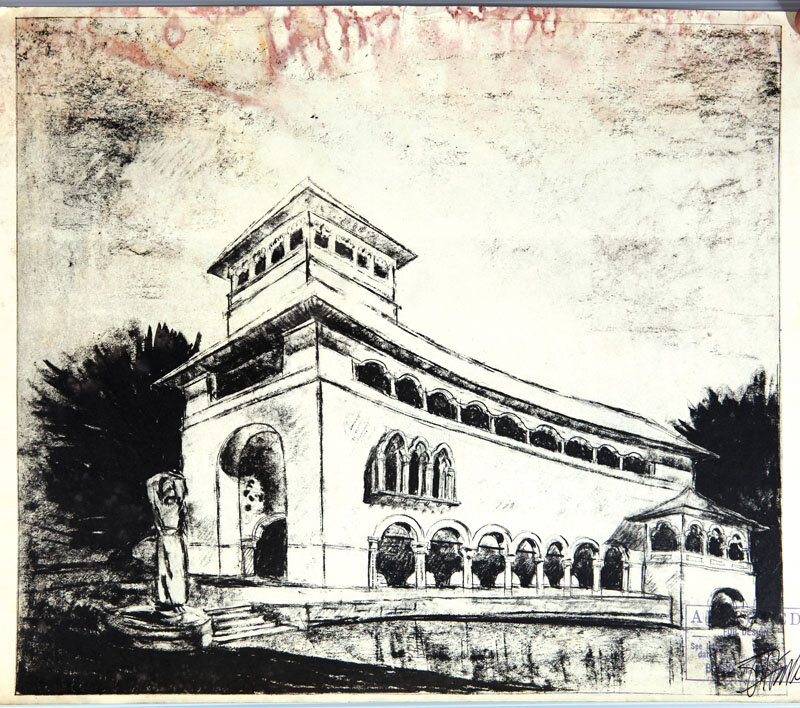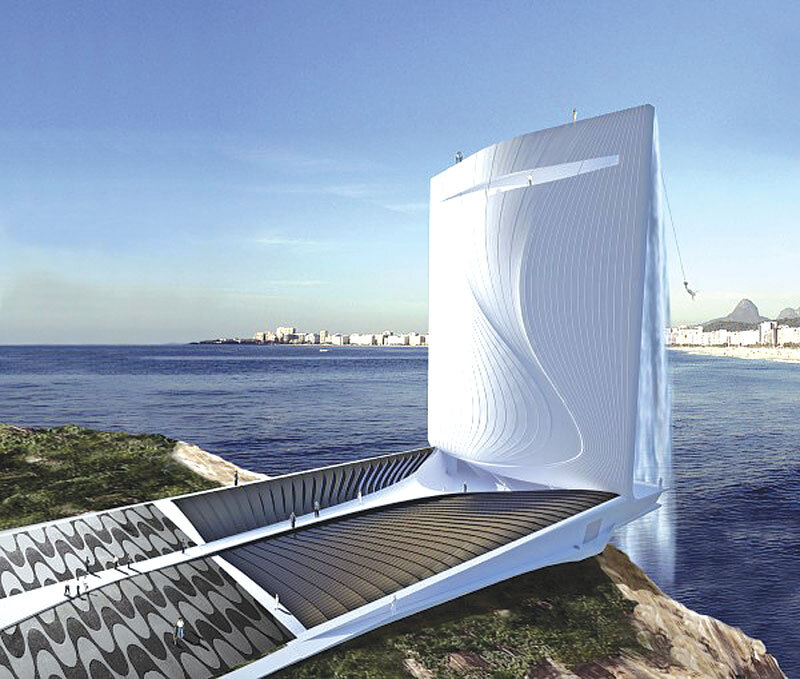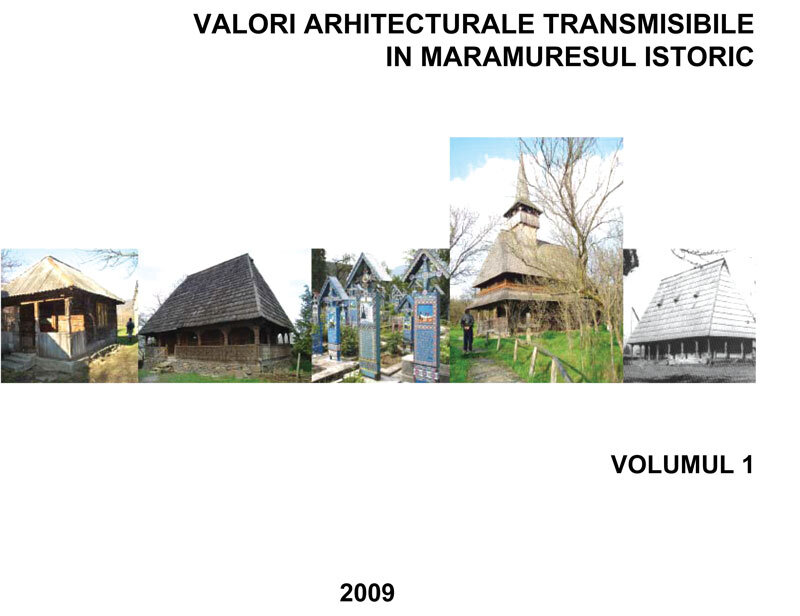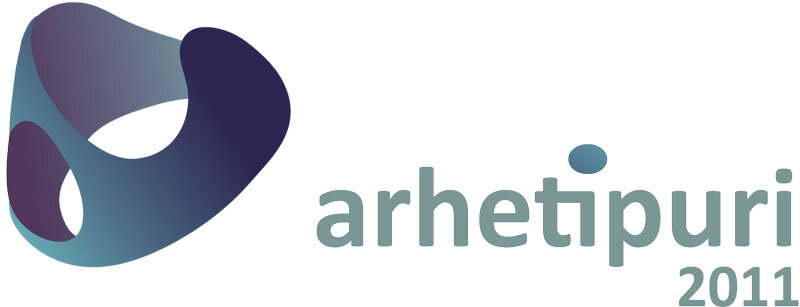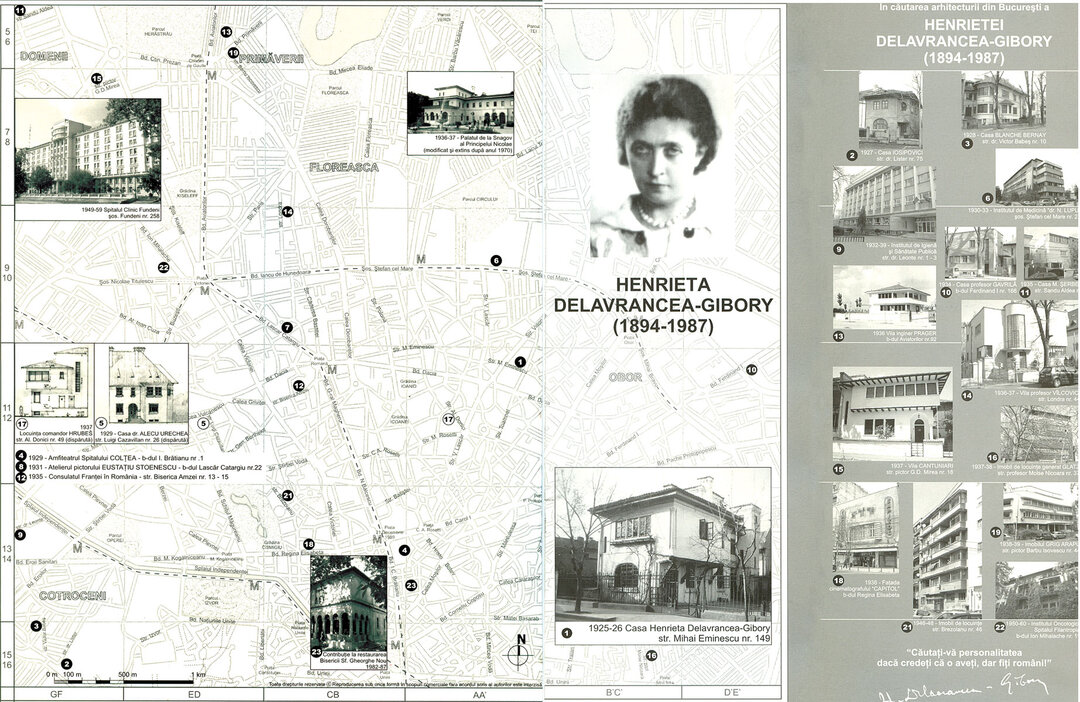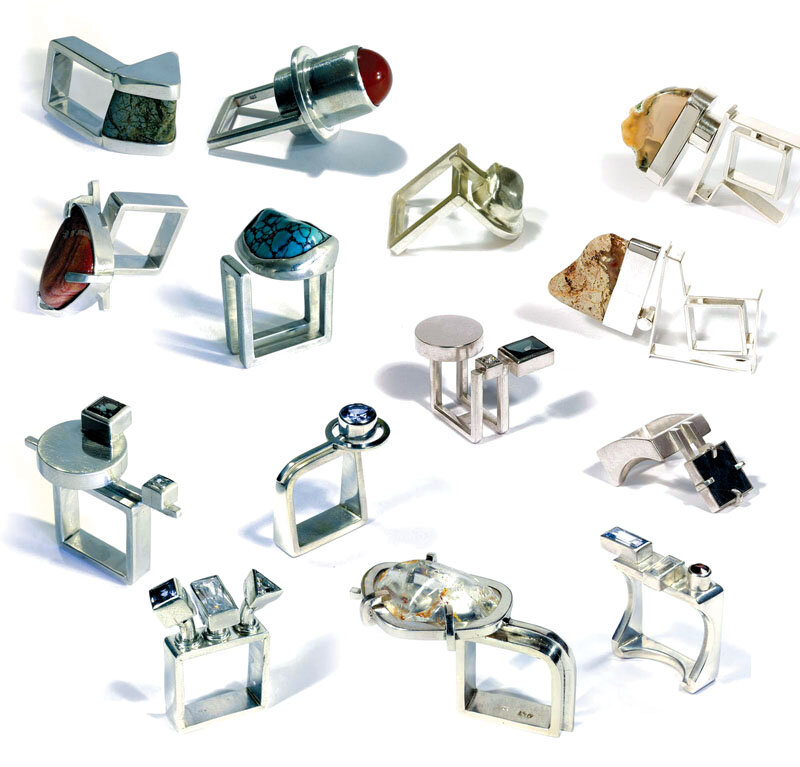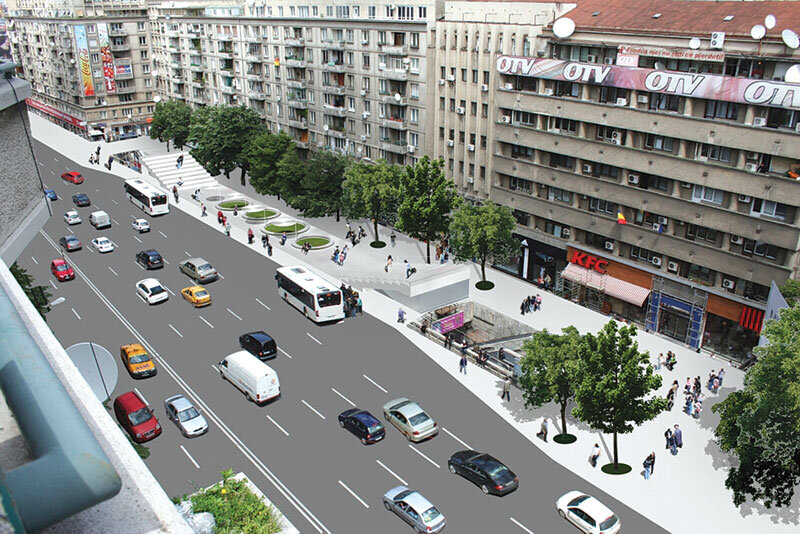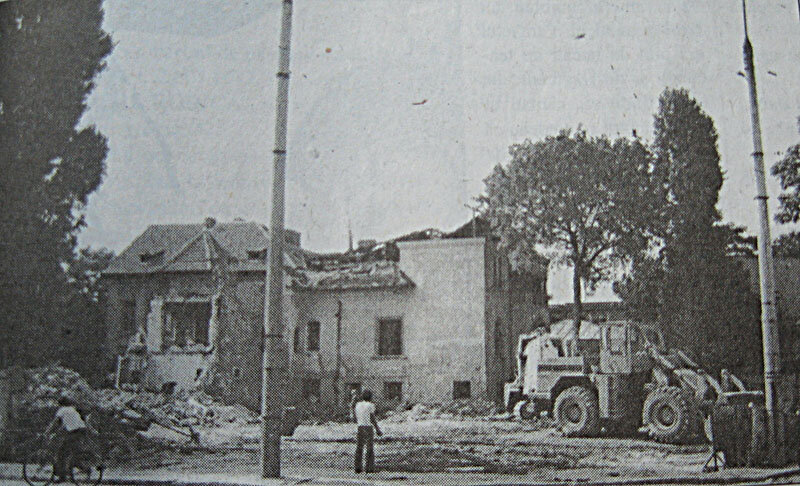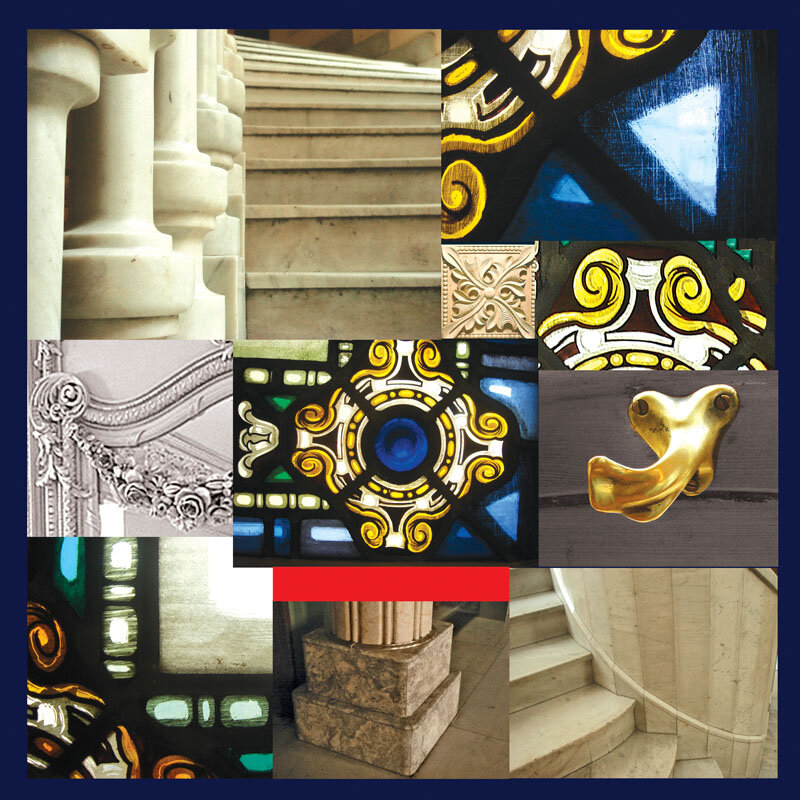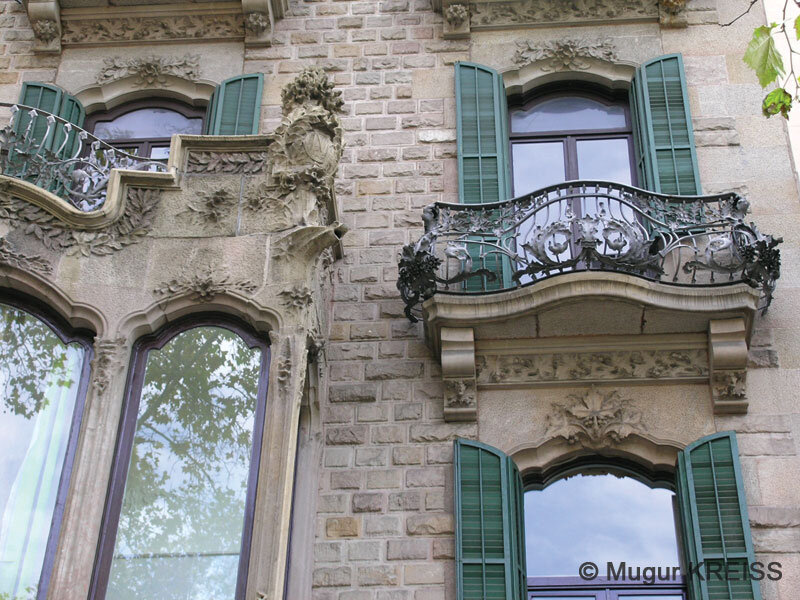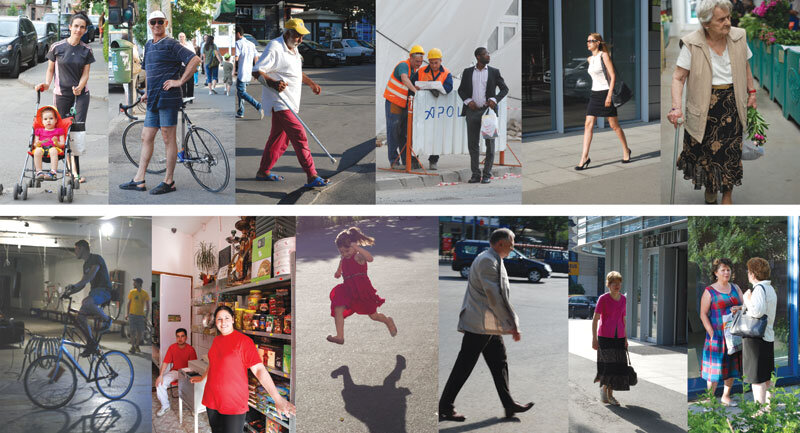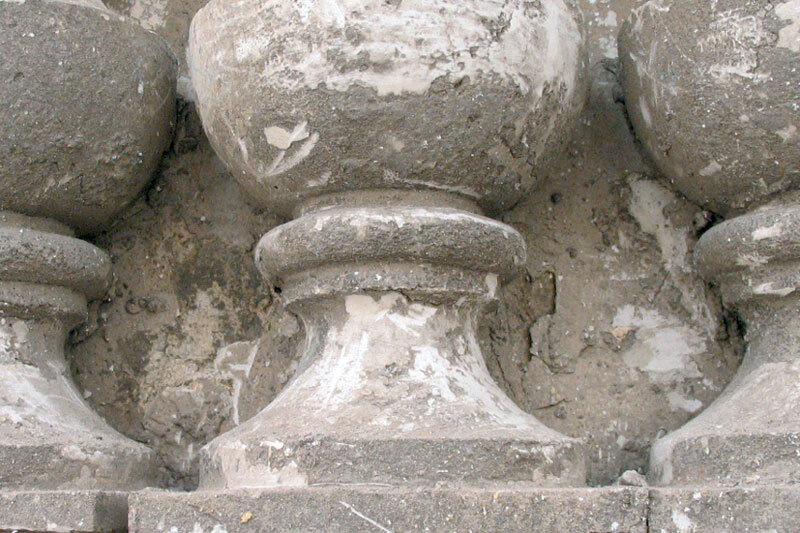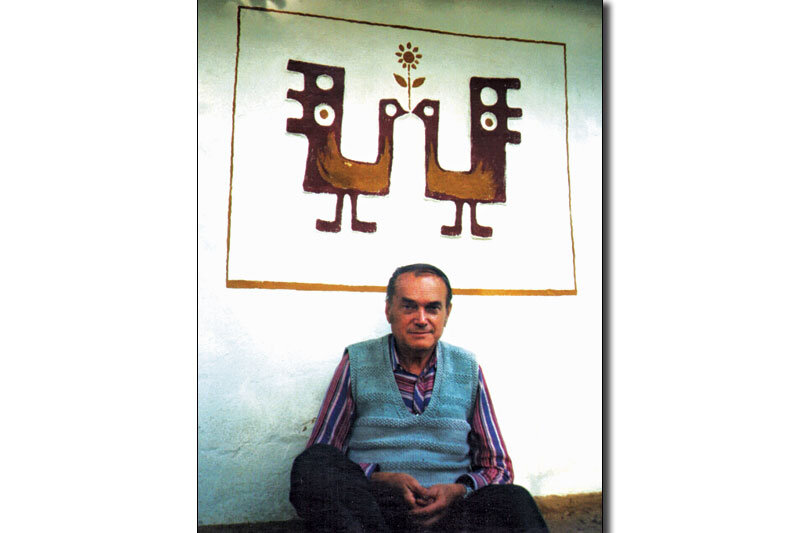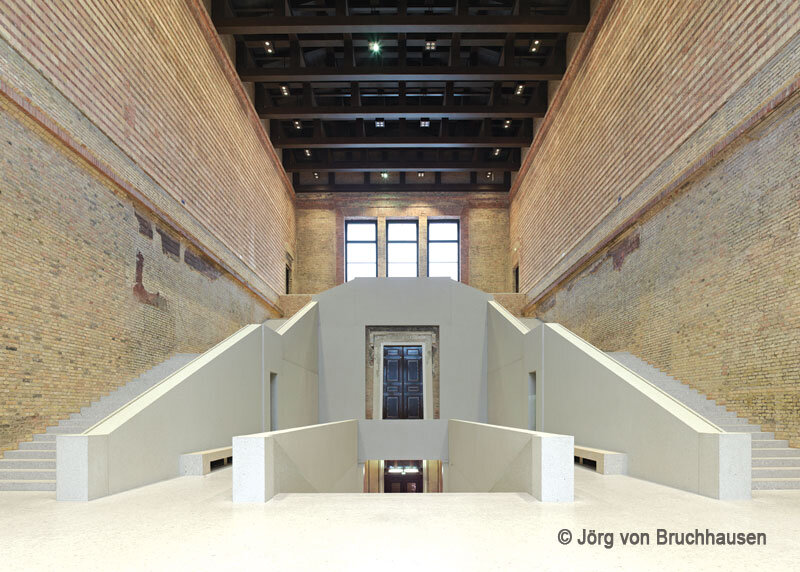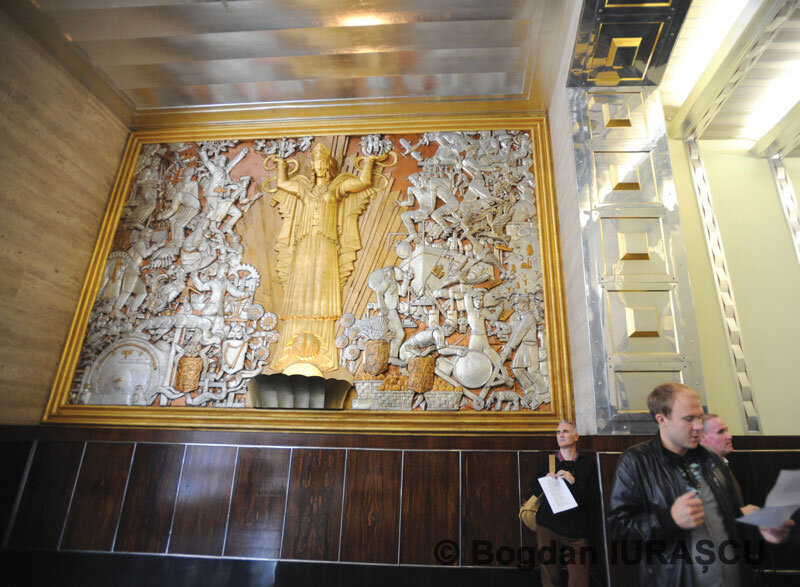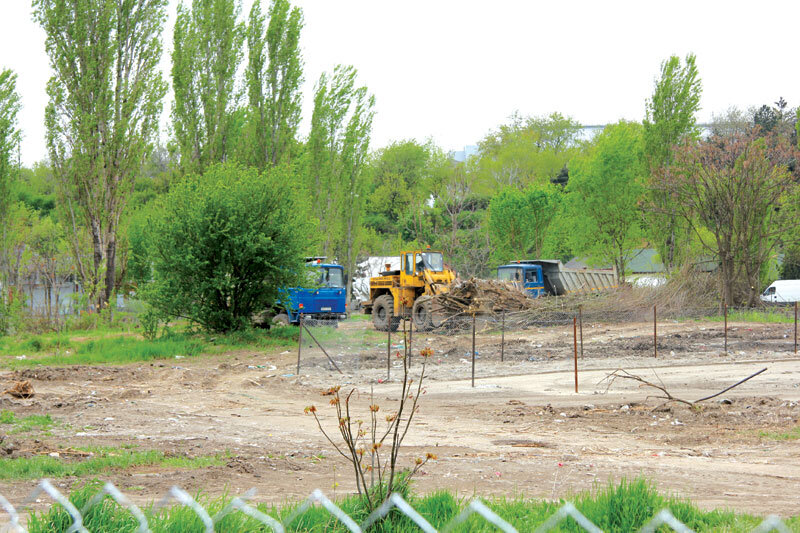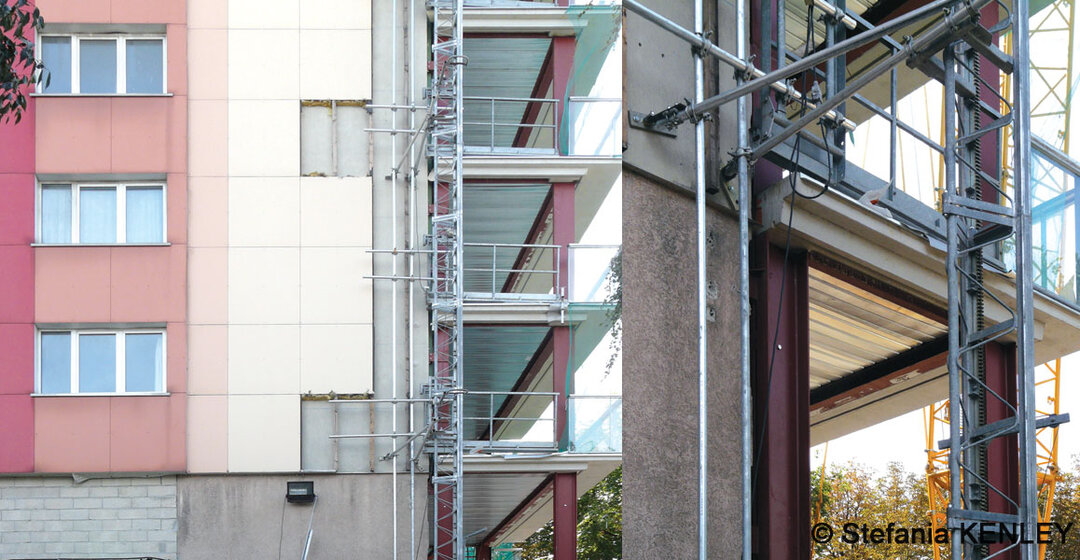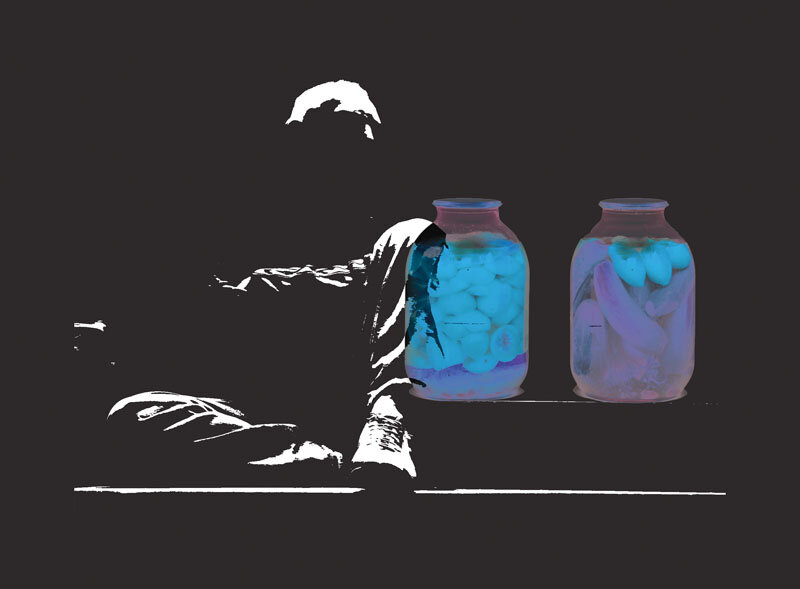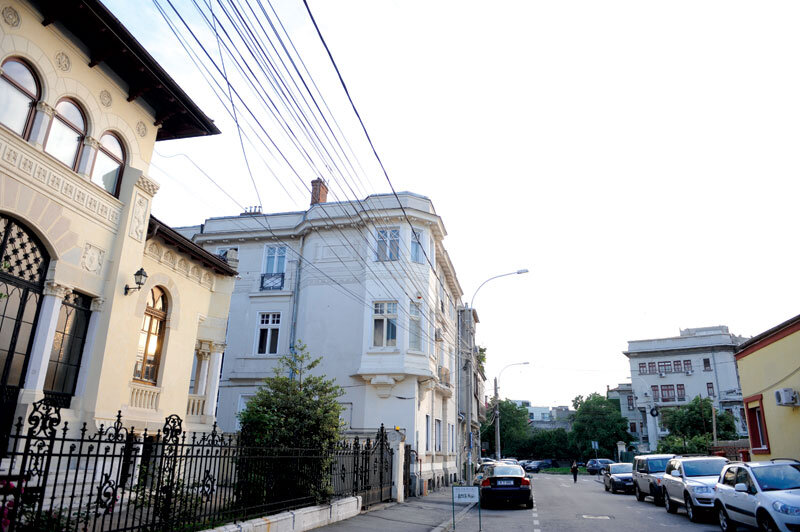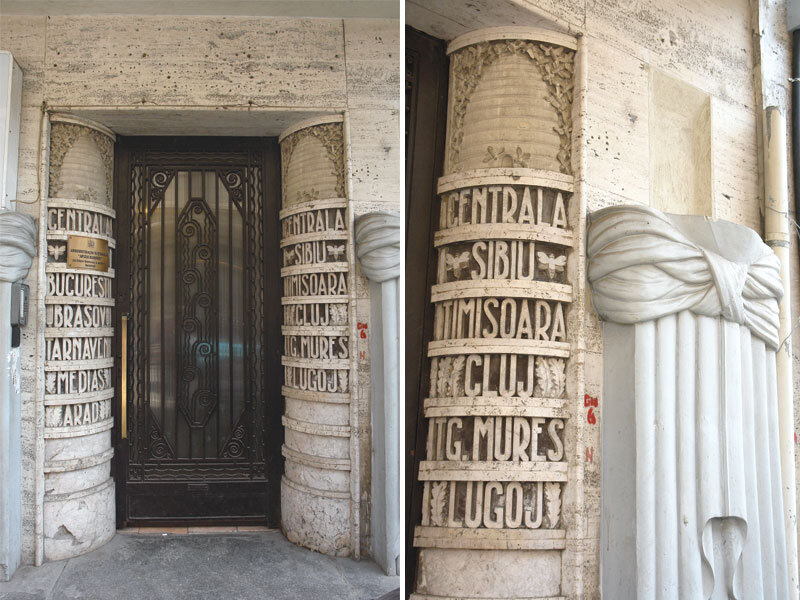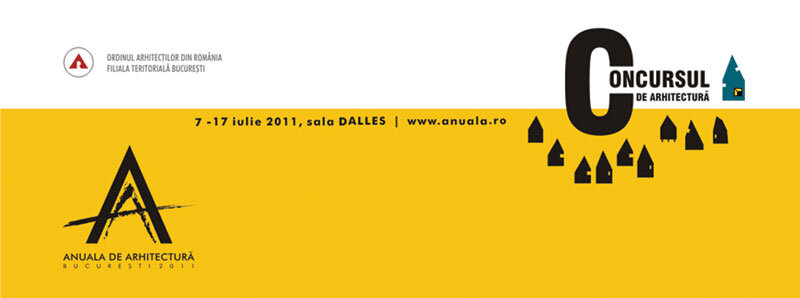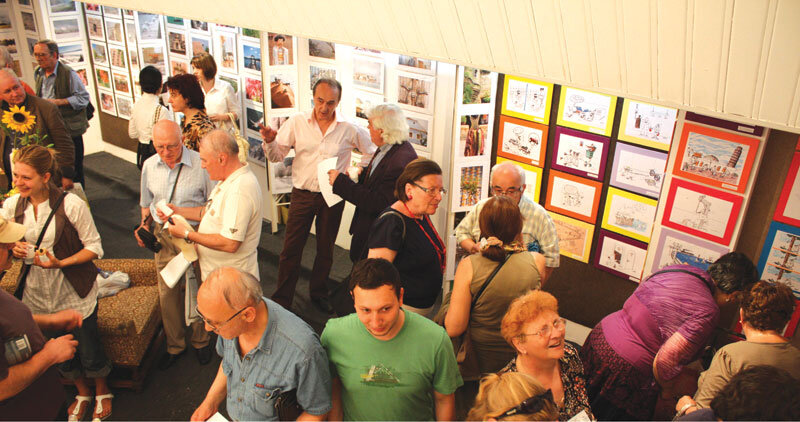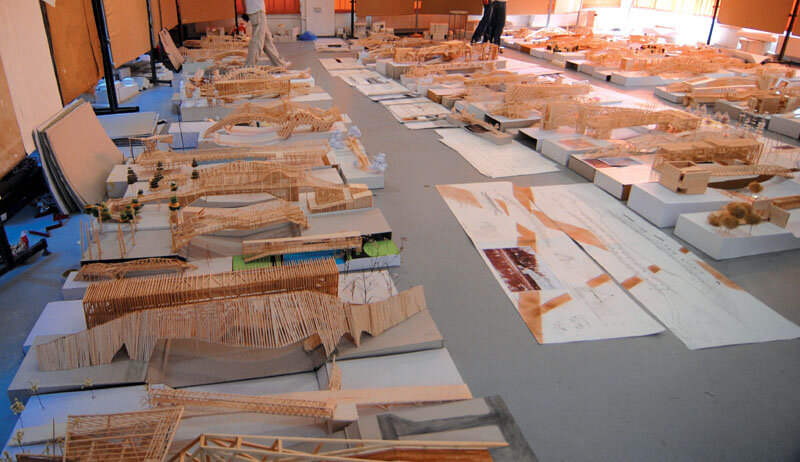
Timișoara School of Architecture

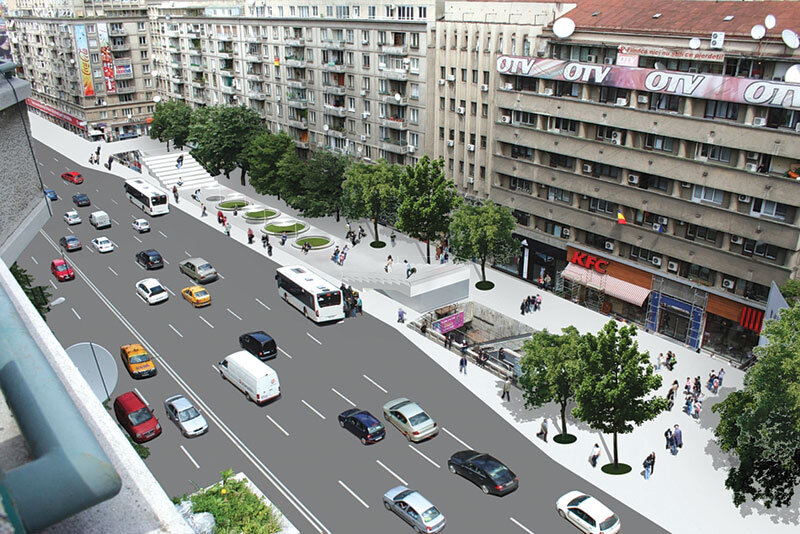
| Three of these projects are part of the wider reflection of the Association Spațiul Urban București (ASUB) on Bucharest. Without being free exercises or projects without a theme, the three projects are contributions by Republic of Architects to a competition aimed at generating and debating ideas about the city's public space. The fourth project was a response to a real public commission - the realization of a bus station in the city of Ploiești.Together, the four projects refer to a section of the Romanian architectural market whose achievements are rare or not visible - projects with public impact or those that have a potential to diffuse into the surrounding public space. The four projects also speak of an area of practice in which the design themes, be they looser or more restrictive, allow for a diversion on the part of the author. In the cases presented, this professional input starts from an understanding of the urban space as an infrastructural network that allows itself to be amended and completed through its own use. | Three of these projects are part of our work within ASUB (Association of Urban Space Bucharest). As such, they are part of a larger reflection on Bucharest, and are meant to spring questions and possibly give a few answers as well regarding the city's public space. These first three projects are atypical in as much as they are based upon a series of ideals, rather than a project brief. The hidden idea behind the selection of the four projects can also be understood to question the lack of public projects of the recent years. For us, the professional interest of these projects lies in the possibility to append the brief with our own ideas, values or obsessions about the city, and to have them questioned in an open manner. Should the four projects have a deeper, more critical stand regarding architectural interventions in the city, this may be an understanding of the urban space as an infrastructural web that can be both supplemented and distorted by architectural gestures and by the uses they foster. |
Read the full text in issue 2 / 2011 of Arhitectura.

